

I’m a little late to the party, but goddamn, The Legend of Zelda: Majora’s Mask 3D is one of the best games I’ve ever played.
While most of you already know that, don’t forget that there’s a cross-section out there just like me. Some haven’t played Majora’s Mask, despite its release fifteen years ago on the Nintendo 64. Others still, simply haven’t played a lot of Zelda games. Either way, you now have a perfect chance that to rectify that situation.
Majora’s Mask is dark. Brutally, depressingly dark. Link, fresh off his adventures in The Ocarina of Time (I assume this because he has the titular ocarina), runs into the Majora’s Mask-clad Skull Kid. Link is stripped of Epona, joined by new fairy, Tatl, and is thrust into the land of Termina. It’s a fitting name for the region, as Skull Kid has succumbed to his destructive urges — thanks to the mask — and has set the moon on a collision course. If Link can’t figure out a way to stop it all, Termina really is the end of the line.
Link – who may be dead at this point, I should add – finds he too can wear masks to enhance his abilities or even transform into something new. The lesser masks generally serve one of two purposes; side quests or enhancing Link in various ways. The Bunny mask, for instance, just makes Link run faster while the Great Fairy mask will glow when stray fairies are nearby and the Kafei mask is only used to enquire about a missing person. Transformation masks, on the other hand, completely and fundamentally change Link, not to mention causing him great physical pain to use. I know this because he screamed every single time I forced him to transform. I couldn’t bring myself to hit a button to skip and ignore it – despite the fact he swaps them out as often as we’d check Twitter on our smartphones.
While Link’s ocarina can manipulate time, it’s only in specific, narrow ways. He can slow the passage of time, move forward in time using hourly increments, or rewind things entirely, heading back to the first of Termina’s last three days. The ability to skip ahead hourly is a massive improvement over the N64 version which would skip you forward 12 hours at a time. With many in-game events and missions requiring precise timing and the newly portable nature of the game, it makes perfect sense to be able to skip time more precisely. Anything achieved in the three days you’ve just played gets reset, except for some of the possessions Link carries, so exploration in Majora’s Mask comes from figuring out what can be done (and when) over the three days, and which actions need to be combined to finally save the world.
It’s heartbreaking when you think of what that all really means. The game’s hub world, Clock Town, has a multitude of side-quests that may or may not be important to the end game. In one instance, an old woman shuffles through North Clock Town late on the first night, only to be knocked down and mugged. I nobly beat down her attacker when I stumbled across the event, and as a result, received a small gift from the woman as thanks. Later in her shop, she thanked me again by giving me the opportunity to upgrade that gift.
This is a game I wouldn’t have expected from Nintendo. When Link’s outside, he can gaze up at the sky and the ever-present threat of the moon looms closer. And closer. The moon is a terrifying thing, with a horrific set of teeth and menacing eyes. I was pretty sure at first that it was delighting at being the weapon that would bring about the end of days.
Until it started crying.
The theme running throughout the entire game is basically that you’re never fully in control. Sure, you’ve got a time-manipulating ocarina, but you still can’t be everywhere at once. You can give people their happy ending at one point in a timeline, but you can’t give every single person one that will stick. Life sucks sometimes.
Try telling this story with Mario.
I could go on for pages and pages and pages, but I’m sure other critics have already done that, considering they’ve had fifteen years to analyse the game.
Majora’s Mask 3D is still a Zelda game as I understand it, but just a tad bent. Exploration is something paramount to a Zelda. Casual, relaxing exploration. That’s not exactly the case in Majora’s Mask, what with that moon careening towards you and all, but it’s still there. You’re going to run into obstacles you won’t be able to overcome without a specific tool and you’re going to have to double-back eventually when you do. In that way it’s classic Zelda, but old-school fans will find that it’s just different enough to be more interesting than expected. Newbies may be left a little lost at first and that’s to be expected. Majora’s Mask is the most free-form Zelda and rewards experimentation. It begs to be explored as you see fit, while still retaining the classic Zelda structure.
Link’s in-game Bomber’s Notebook does a damn good job of helping you organise yourself, acting as a personal assistant of sorts. It’ll record names, places and events – down to the time they occur – and it’s up you to piece together where you want to be and what you want to do in your latest three-day run. Some quests take minutes to complete, and others are spread out over each of those three days. It’s the latter quests that are frustrating and orgasmic at the same time; you need to plan out your actions down to the minute, or else you’re going to have to whip out the Song of Time again and start all over. You’ll get a delicious feeling of reward and accomplishment when you can get it right.
I’m the type of person that loathes games with an on-screen countdown – I had to stop playing Lightning Returns: Final Fantasy XIII almost immediately for this reason because the counter made me so anxious – but Majora’s Mask doesn’t freak me out. I can’t control time perfectly, but I’m in enough control that I know I can stop, think, and reset if need be.
For all the dark, unsettling aspects of the game, Majora’s Mask still manages to insert the childlike sense of glee typical to Nintendo games. You’ll be able to take part in doggy races, where if clad with the Mask of Truth, the canine competitors will tell you that they think they’re unstoppable… or won’t place well at all ‘cause they have a tummy-ache. Just down the road there’s a chicken ranch with an owner who is distraught his pets won’t have enough time to grow up. Well, slap on the Bremen mask, play a tune on your ocarina, and you’ll magically age those chicks, much to their owner’s delight. It’s all a brilliant contrast; despite the world literally ending around them, there is still happiness to be found in Termina.
It’s not all death-clad sunshine and rainbows, though; I constantly struggled with the game on my 3DS XL as I had no easy way to control the camera. It was a pain to fight bosses with. It was a major pain to try to platform with. It caused me to die or reset the timeline more than once, simply because Link would not do what I was intending. And before people chime in: yes, those with a Circle-Pad or with a New 3DS device have a control scheme that takes care of this concern, but even as much as I love this game, it’s not enough to get me to buy a new hardware revision. Hell, I’ve only just upgraded from an original 3DS to the 3DS XL.
Additionally, it might be due to the fact that I’ve only played The Phantom Hourglass and The Wind Waker before this, but Majora’s Mask has a steep learning curve. The game doesn’t hold your hand at all, and it took me a couple passes through the three-day cycle to really understand what it was I needed to do. While I don’t want the hand-holding present in today’s games, I think something in the middle of these polar opposites would have been nice.
Those, really, are the only gripes I have with the game, and they’re quickly forgotten when caught up in the drama of Terima and its people. Majora’s Mask is damn-near perfect. I plead with those who’ve never played the game to correct that as quickly as possible. Those who have? Well, that was probably back around 2000 or so, eh? Come back and revisit (an upgraded) old friend. This one’s a no-brainer, guys and gals.
The Legend of Zelda: Majora’s Mask 3D was reviewed using a promotional code on a 3DS XL, as provided by the publisher.
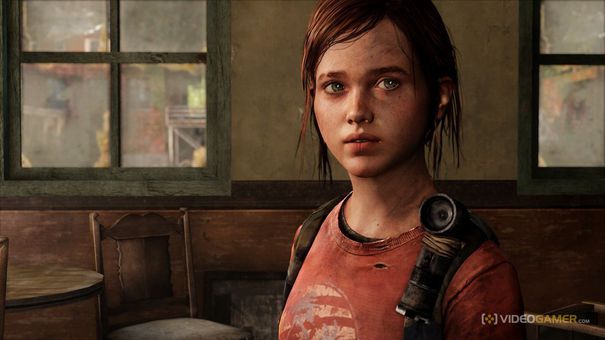
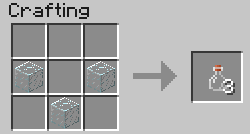
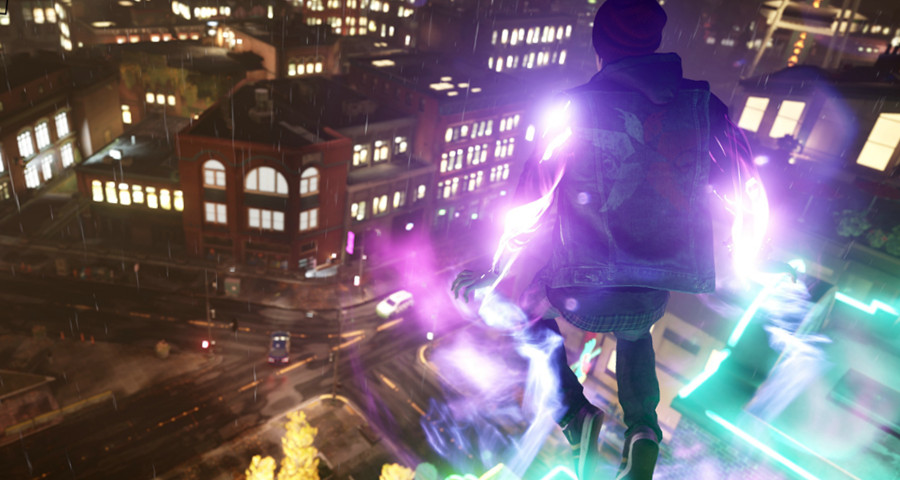
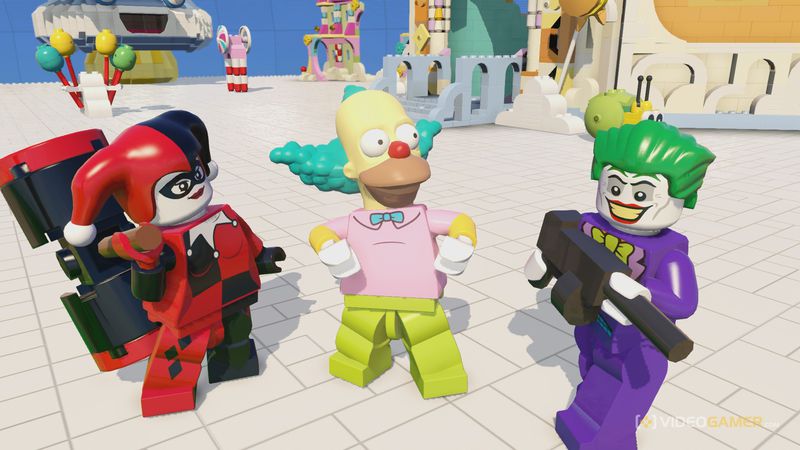
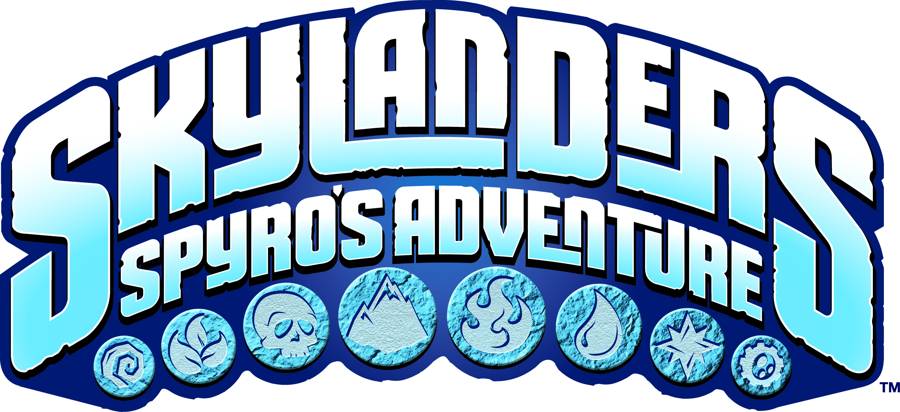 Skylanders Shattered Island Secret Area Locations
Skylanders Shattered Island Secret Area Locations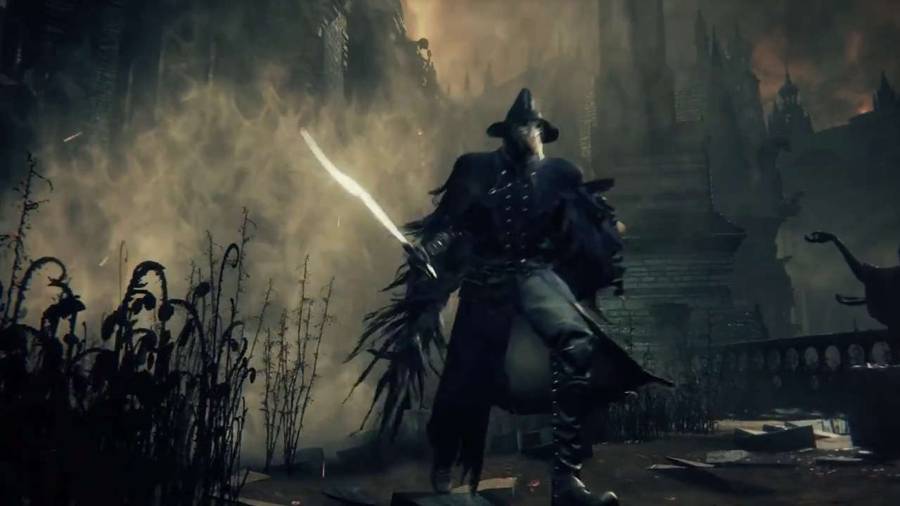 Bloodborne Guide: Armor Location Guide
Bloodborne Guide: Armor Location Guide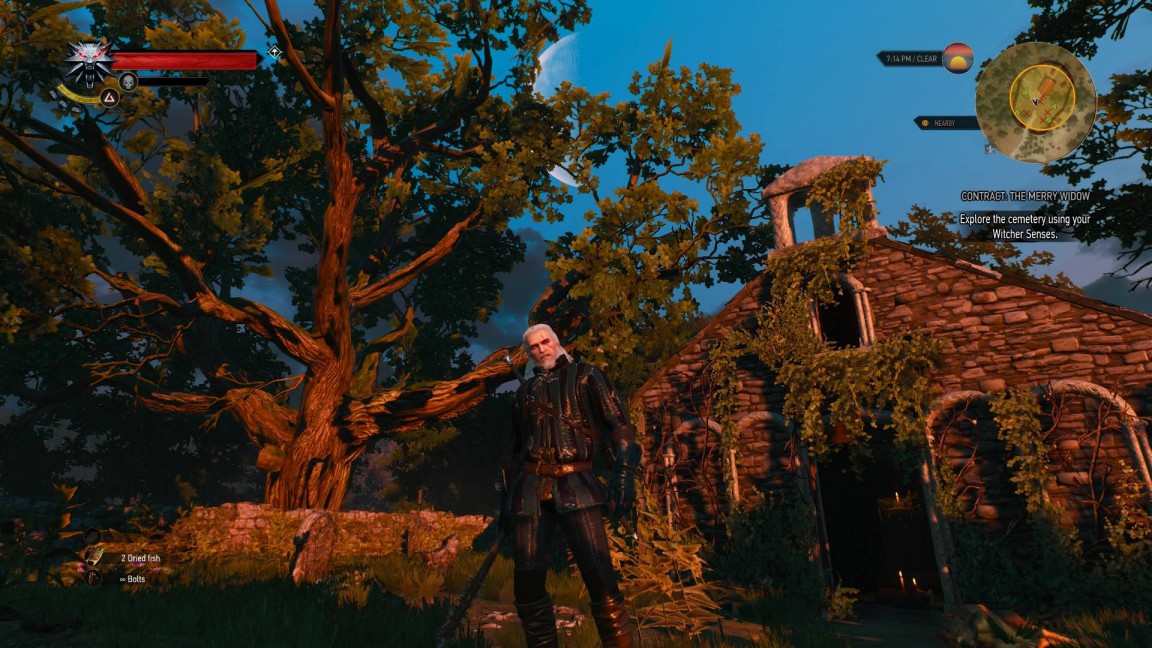 The Witcher 3: The Merry Widow Contract
The Witcher 3: The Merry Widow Contract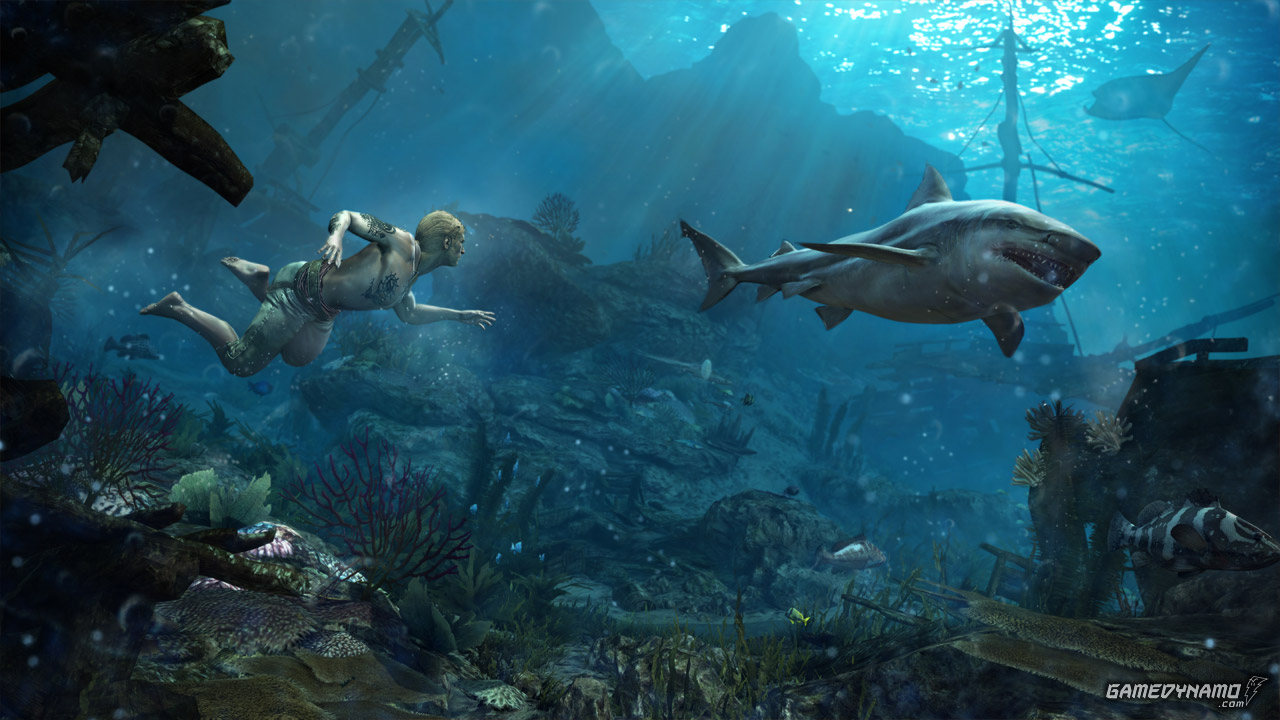 Assassin’s Creed IV: Black Flag – Hunting & Harpooning Guide
Assassin’s Creed IV: Black Flag – Hunting & Harpooning Guide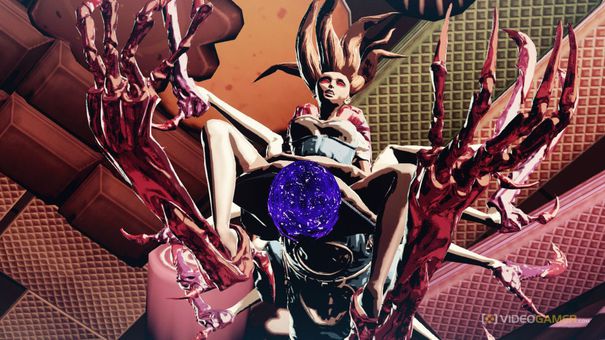 Killer Is Dead: The Most Controversial Game Of The Year?
Killer Is Dead: The Most Controversial Game Of The Year?